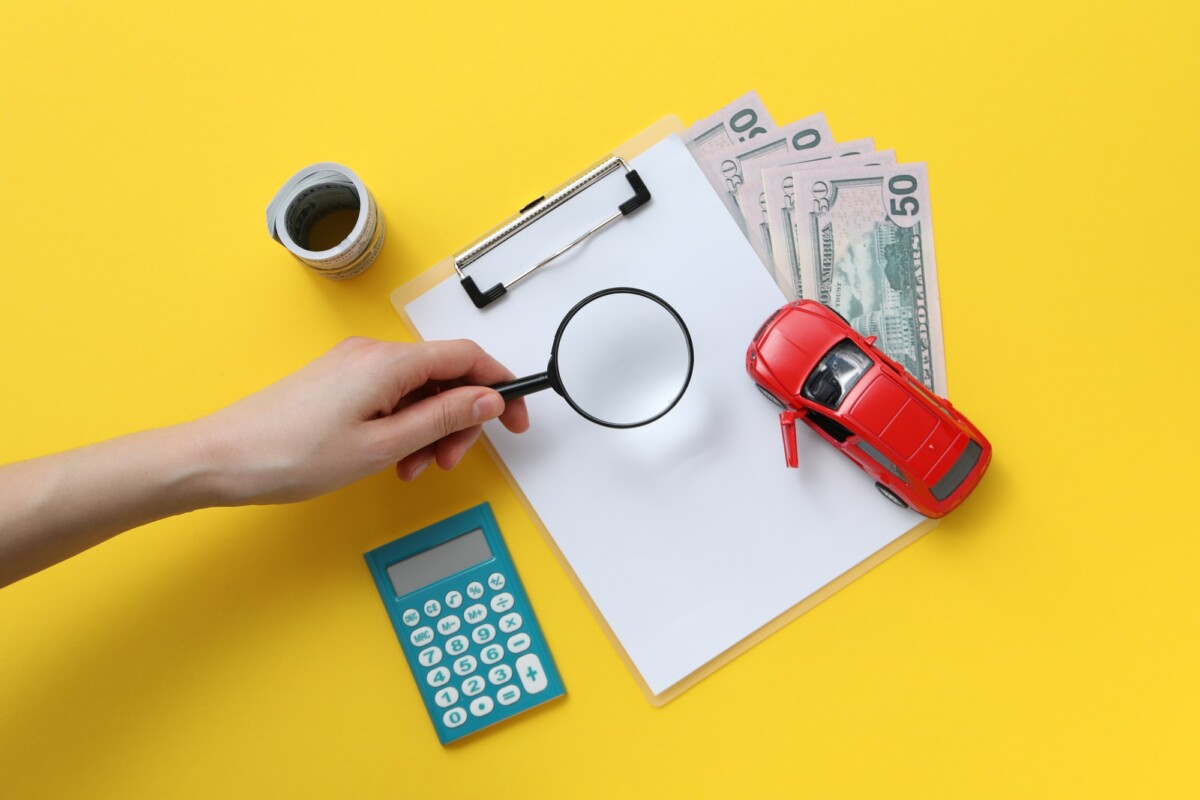Auto Liability Insurance: Affordable Rates and Full Protection Explained
Understanding Auto Liability Insurance: What You Need to Know
Auto liability insurance is a crucial component of responsible vehicle ownership. It serves as a financial safety net, protecting you from the costs associated with accidents where you are at fault. In essence, this type of insurance covers damages to another person’s vehicle or property, as well as medical expenses for injuries sustained by others in an accident you caused. Understanding the basics of auto liability insurance can help you make informed decisions when selecting a policy that fits your needs and budget. When shopping for auto liability insurance, it’s important to know that coverage typically comes in two parts: bodily injury liability and property damage liability. Bodily injury liability covers the medical expenses and lost wages of the other party if you are found responsible for an accident. On the other hand, property damage liability pays for repairs to the other person’s vehicle or any other property you may have damaged.
By grasping these distinctions, you can better assess how much coverage you need and ensure that you are adequately protected on the road. Finding affordable rates for auto liability insurance doesn’t have to be a daunting task. Many factors influence the cost of your premiums, including your driving history, the type of vehicle you drive, and even your location. To secure the best rates, consider shopping around and comparing quotes from different insurers. Additionally, taking advantage of discounts, such as those for safe driving or bundling policies, can significantly lower your costs. Ultimately, understanding auto liability insurance and its components empowers you to make choices that not only protect you legally but also keep your finances secure. One of the key aspects of auto liability insurance is the state-mandated minimum coverage requirements.
Each state has its own laws regarding the minimum amount of liability coverage you must carry, which is designed to ensure that drivers can cover damages in the event of an accident. It’s essential to familiarize yourself with these requirements in your state to avoid penalties and ensure you’re legally compliant. Remember, while meeting the minimum is important, it may not provide sufficient protection in more serious accidents, so consider opting for higher coverage limits for added peace of mind. Another factor to consider is the impact of your driving record on your auto liability insurance rates. A clean driving history can lead to lower premiums, while accidents or traffic violations may increase your costs. Maintaining a good driving record not only helps you save money but also reflects your responsibility as a driver. Additionally, enrolling in defensive driving courses can sometimes lead to discounts, making it a win-win situation for both your safety and your wallet.
How to Find Affordable Rates for Auto Liability Insurance
Finding affordable rates for auto liability insurance can feel like a daunting task, but it doesn’t have to be. The first step is to shop around and compare quotes from multiple insurance providers. Each company has its own way of calculating premiums, so you might be surprised at how much prices can vary. Use online comparison tools to get a quick overview of different rates, and don’t hesitate to reach out to local agents who can provide personalized quotes. Remember, the goal is to find a balance between cost and coverage, ensuring you’re adequately protected without breaking the bank. Another effective strategy is to take advantage of discounts offered by many insurance companies.
These discounts can be based on various factors, such as your driving history, the type of vehicle you drive, or even your membership in certain organizations. For instance, some insurers offer lower rates for safe drivers or for those who bundle multiple policies together. Make sure to ask about any available discounts when you’re getting quotes for auto liability insurance. It’s a simple way to potentially lower your premium while still maintaining the coverage you need. Lastly, consider adjusting your coverage limits and deductibles to find a rate that fits your budget. While it’s essential to have sufficient coverage to protect yourself and others on the road, you might find that increasing your deductible can significantly lower your monthly premium.
Just be sure to choose a deductible that you can comfortably afford in the event of an accident. By taking these steps—comparing quotes, seeking discounts, and adjusting your coverage—you’ll be well on your way to finding affordable rates for auto liability insurance that provide you with full protection. Additionally, it’s wise to review your auto liability insurance policy regularly. Life changes, such as moving to a new area or purchasing a new vehicle, can impact your insurance needs and rates. By staying proactive and reassessing your coverage, you can ensure you’re not overpaying for insurance that no longer fits your situation. This ongoing evaluation can lead to significant savings and help you maintain the right level of protection for your circumstances.
The Importance of Full Protection in Auto Liability Insurance
When it comes to driving, having auto liability insurance is not just a legal requirement; it’s a crucial safety net that protects you from financial disaster. Imagine being involved in an accident where you’re at fault. Without adequate coverage, you could be facing hefty bills for damages and medical expenses that could easily wipe out your savings. Full protection in your auto liability insurance policy ensures that you’re covered for bodily injury and property damage, giving you peace of mind on the road. It’s not just about meeting the minimum requirements; it’s about safeguarding your future. Moreover, full protection in auto liability insurance can also extend to legal fees in case you’re sued after an accident. This is an often-overlooked aspect of coverage that can save you from significant financial strain.
If someone decides to take legal action against you, the costs can escalate quickly. With comprehensive auto liability insurance, you can rest easy knowing that your policy will help cover those expenses, allowing you to focus on recovery rather than worrying about your finances. It’s a smart move that can protect your assets and your peace of mind. Lastly, consider the broader implications of having full protection in your auto liability insurance. Not only does it shield you from personal financial loss, but it also contributes to a safer driving environment for everyone. When drivers are adequately insured, it fosters a sense of responsibility and accountability on the road. This means that if an accident occurs, the injured parties can receive the compensation they need without delay.
In essence, investing in full protection isn’t just a personal benefit; it’s a commitment to safer roads and a more responsible driving community. In conclusion, full protection in auto liability insurance is essential for every driver. It not only safeguards your finances but also promotes a culture of responsibility on the road. By ensuring you have comprehensive coverage, you’re making a wise investment in your safety and the well-being of others. So, when shopping for auto liability insurance, prioritize full protection to enjoy peace of mind while driving.
Common Misconceptions About Auto Liability Insurance Explained
When it comes to auto liability insurance, many people hold onto misconceptions that can lead to confusion and poor decision-making. One common myth is that auto liability insurance covers everything related to an accident. In reality, this type of insurance primarily covers damages to other people’s property and medical expenses if you are at fault in an accident. It does not cover your own vehicle’s damages or your medical bills, which can leave you financially vulnerable if you’re not adequately insured. Understanding this distinction is crucial for anyone looking to protect themselves on the road. Another prevalent misconception is that auto liability insurance is the same as full coverage. While full coverage typically includes liability insurance, it also encompasses collision and comprehensive coverage, which protects your own vehicle against damages. Many drivers mistakenly believe that having auto liability insurance alone is sufficient, but without additional coverage, they may face significant out-of-pocket expenses after an accident.
It’s essential to evaluate your individual needs and consider whether full coverage might be a better fit for your situation. Lastly, some individuals think that auto liability insurance is too expensive and not worth the investment. However, affordable rates are often available, especially if you shop around and compare different providers. Many insurance companies offer discounts for safe driving records, bundling policies, or even for completing defensive driving courses. By taking the time to research and understand the options available, you can find a policy that provides full protection without breaking the bank. Don’t let misconceptions hold you back from securing the right coverage for your needs! It’s also important to note that auto liability insurance requirements can vary significantly from state to state. Some states have minimum coverage limits that drivers must meet, while others may require additional types of coverage.
This can lead to confusion, especially for new drivers or those moving to a different state. Always check your local laws to ensure you have the necessary coverage to avoid penalties and ensure you’re adequately protected on the road. Another misconception is that only young or inexperienced drivers need auto liability insurance. In truth, every driver, regardless of age or experience, should have this essential coverage. Accidents can happen to anyone, and having auto liability insurance is a responsible way to protect yourself and others. It’s a safety net that ensures you can cover damages and medical expenses if you’re found at fault, regardless of your driving history.





